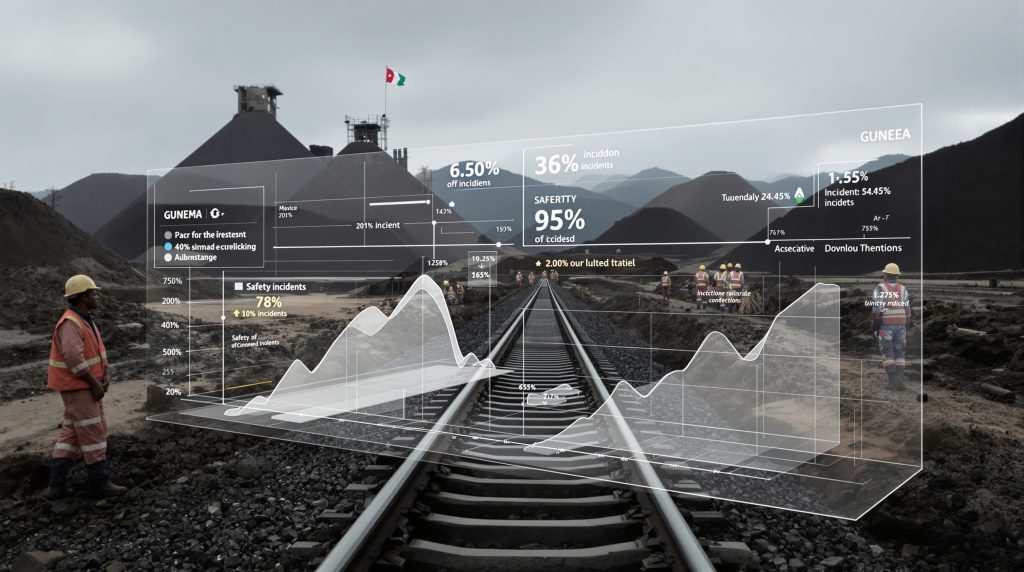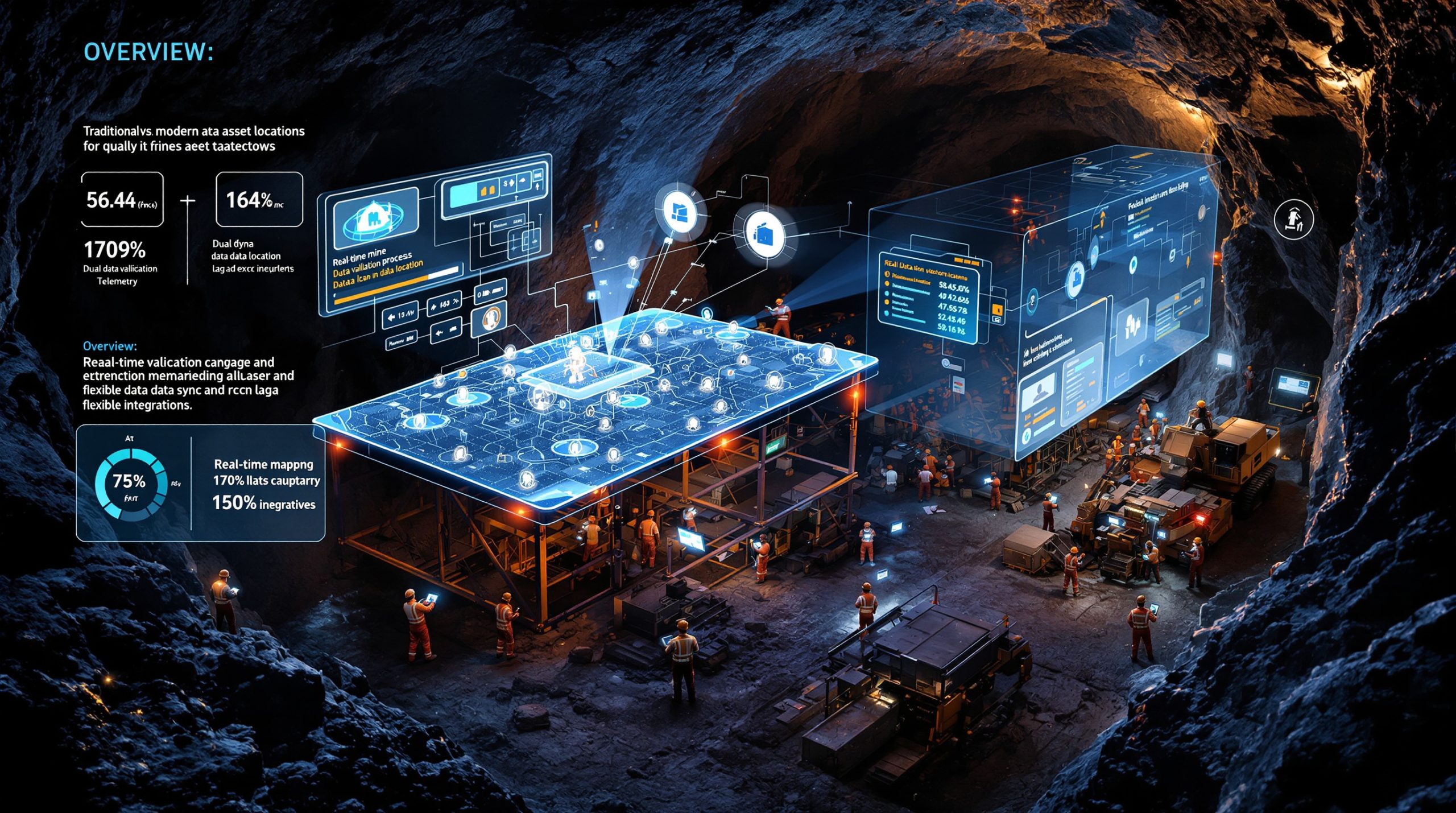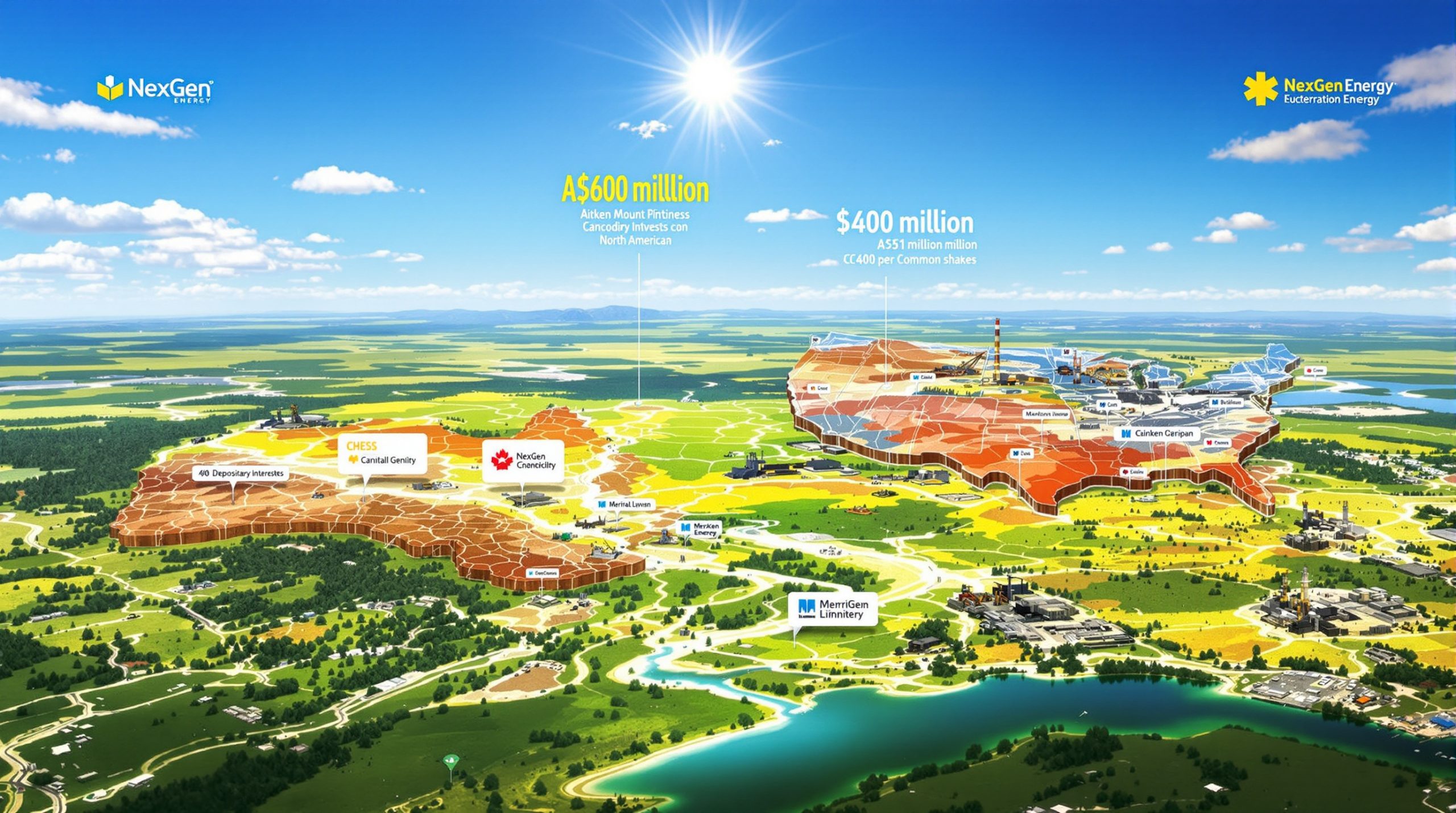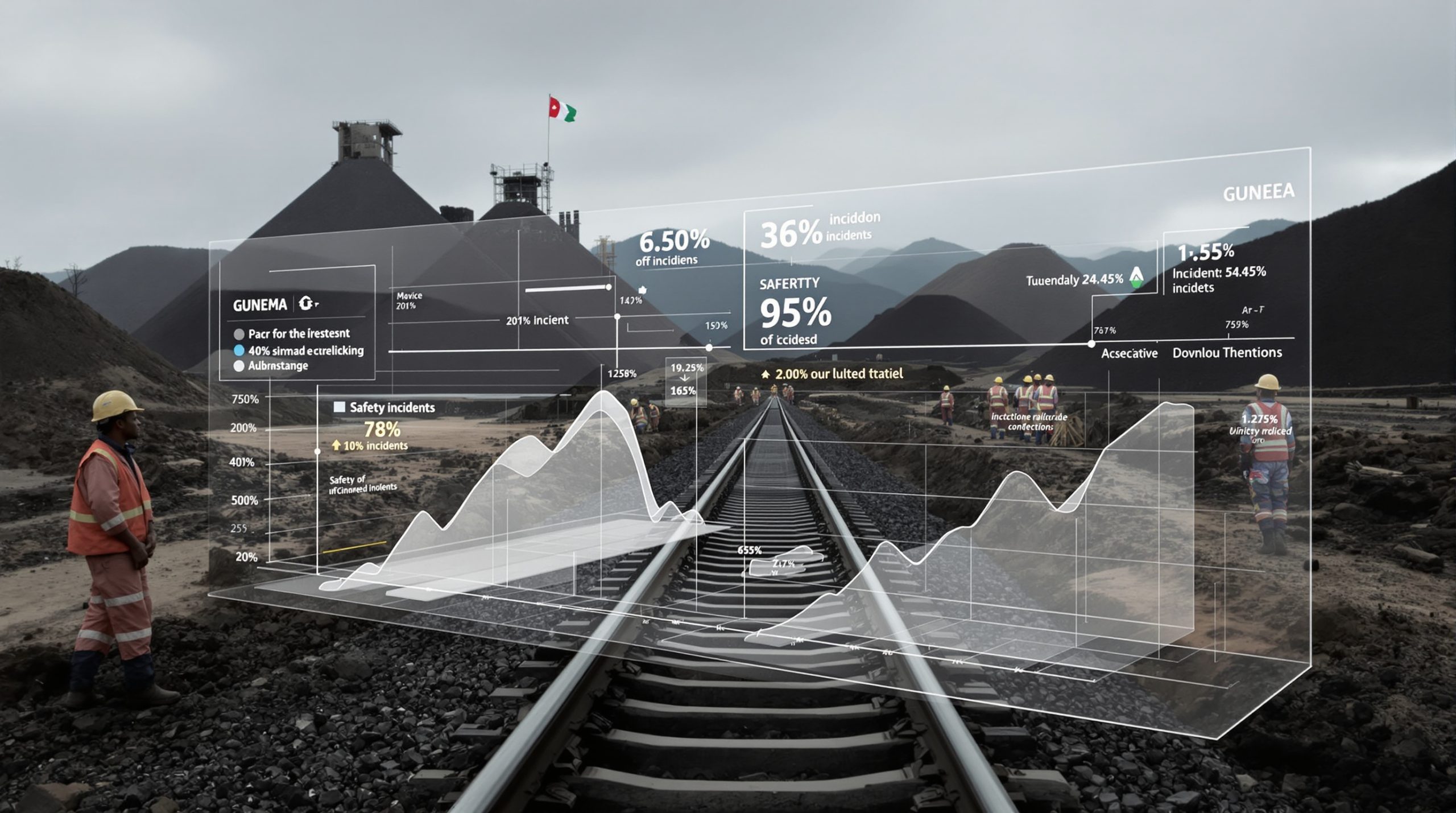What Happened at the Simandou Iron Ore Project?
On October 3, 2025, the Simandou iron-ore project accident shook operations in Guinea. A fatal incident at a Winning Consortium Simandou (WCS) site in Kerouane province resulted in three foreign workers losing their lives. This tragic event has been widely reported, including detailed reuters coverage (https://www.reuters.com/sustainability/guineas-simandou-iron-ore-project-halted-after-three-workers-die-accident-2025-10-02/).
WCS immediately suspended work pending a full safety review. In addition, the company has pledged to restore confidence before resuming any activities. The project, one of the world’s largest untapped iron ore deposits, now faces heightened scrutiny.
How Many Workers Have Died at Simandou?
The incident is part of a worrying trend since late 2023. Fatalities have been reported during the construction of major infrastructure.
- October 2025: 3 foreign workers at the WCS site.
- Since November 2023: At least 13 local workers during port and railway development.
- August 2025: 1 fatality reported by Rio Tinto, another principal stakeholder.
Furthermore, these numbers indicate that safety remains a critical concern in such hostile environments.
Who Controls the Simandou Iron Ore Project?
The project is managed by a complex network of stakeholders. The multinational interests include WCS, which controls approximately 75% of the output due to Chinese involvement, and Rio Tinto, holding a 25% stake.
- WCS: Leads with significant Chinese backing.
- Rio Tinto: A global mining leader, also involved in managing safety issues, as reflected in the rio tinto incident (https://www.afr.com/companies/mining/rio-tinto-reports-fatality-at-simandou-iron-ore-project-20250824-p5mpdt).
- Guinean Government: Acts both as partner and regulator.
Consequently, the international consortium is under pressure to maintain robust safety procedures and transparent reporting.
Why Is Simandou So Important to Global Iron Ore Markets?
This project holds exceptional strategic value. With an estimated reserve exceeding 2 billion tonnes of high-grade ore, its output could transform global supply chains. In addition, the ongoing discussion of iron ore price trends draws attention to potential shifts in global pricing.
Moreover, several factors contribute to its importance:
- Exceptional ore grade (above 65%).
- The possibility to reduce dependence on traditional suppliers in Australia and Brazil.
- New infrastructure plans that include a 670-kilometre railway and modern port facilities.
For instance, experts suggest that better market dynamics could lead to a more stable pricing framework in iron ore.
Strategic Development and Logistical Challenges
Infrastructure Demands
The vast, remote setting of Simandou means that extensive infrastructure is required.
- Construction of a 670-km railway.
- Establishment of port facilities on a grand scale.
Furthermore, the challenging terrain and environmental debates have raised compliance costs. Given these hurdles, planning is more complex than in conventional mining regions.
Forecasting and Demand
Analysts are carefully examining iron ore forecast insights to understand future trends. Additionally, considerations about future production are often interlinked with iron ore demand insights. In this context, industry experts remain cautious about unforeseen operational delays.
What Safety Measures Are Being Implemented?
In response to the recent fatality, several significant changes have been announced. WCS has declared a complete halt in mining operations. This decision reflects the urgent need to reassess current protocols.
Key measures include:
- A full suspension of work at the affected Kerouane site.
- A comprehensive safety audit across the project.
- Direct support for the families of the deceased.
- A commitment to resume only when all risks are mitigated.
Moreover, previous patterns indicate lapses in first aid training and emergency readiness. The need for enhanced on-site facilities and clear incident reporting remains evident.
What’s Next for the Simandou Project?
Uncertainty now clouds the project’s future. Regulatory responses, safety audits, and infrastructural challenges will determine next steps. For instance, the long-anticipated export deadline of November 2025 might be jeopardised if safety concerns persist.
Regulatory and Governmental Response
The Guinean government is expected to intervene vigorously. They have the authority to penalise delays and insist on updated safety protocols. Consequently, industry players will face increased oversight and pressure.
- Authorities may offer financial penalties for production delays.
- There could be enhanced reviews of employee welfare and safety measures.
- Legislative frameworks might evolve to enforce stricter protocols.
Timeline and Export Risks
The safety review and resulting delays add risk to key milestones:
- The ambitious November export target is under review.
- Recovery will depend on quickly regaining workforce and regulatory trust.
- Strategic timelines must align with new operational capabilities.
Furthermore, fluctuations in market sentiment could intensify if the project’s schedule continues to slip.
Industry and Market Implications
The effects of the Simandou iron-ore project accident extend far beyond local concerns. Market watchers are closely analysing:
- Supply Chains: Ongoing disruptions may tighten global supply further.
- Pricing: Short-term price volatility may result from increased risk premiums.
- Investor Sentiment: Greater transparency on ESG commitments is now a priority.
For instance, stable forecasts and clearer demand trends could eventually alleviate market uncertainties.
How Will This Impact Global Iron Ore Markets?
A delay at Simandou may have significant consequences for global market stability. The incident has already led to increased market volatility. In addition, analysts are reviewing overall pricing and supply fundamentals in major reports.
Key considerations include:
- Sustained reliance on established exporters during disruptions.
- Elevated risk premiums influencing short-term prices.
- Enhanced investor vigilance regarding safety and operational costs.
Moreover, market players are reconfiguring supply strategies to mitigate potential shocks caused by unforeseen setbacks.
What Are the Lessons for Mining Safety?
The Simandou iron-ore project accident underscores critical lessons for the entire mining industry. First and foremost, worker safety must always take precedence over aggressive deadlines. Similarly, each fatality highlights:
- The need for comprehensive emergency training.
- The importance of rapid response protocols and accessible healthcare facilities.
- A requirement for harmonised safety standards across multinational teams.
More specifically, companies should integrate regular, independent audits into their safety regimes. This approach fosters a culture of continuous improvement and risk minimisation. Furthermore, close monitoring and transparent incident reporting are essential.
“Safety is not negotiable – it is the foundation for sustainable development,” noted one industry expert. Such insights pave the way for improved practices that could redefine future mining projects.
Further Exploration
For those interested in understanding broader market trends and operational developments, articles on mining industry innovation offer extensive analysis. Additionally, updates on project-specific challenges continue to emerge, offering a comprehensive view of evolving risks in major mining ventures.
In summary, the recent Simandou iron-ore project accident has provided a stark reminder of the inherent risks in remote mining operations. With strict safety protocols now under review and timelines under pressure, the global industry watches with a keen eye. The integration of improved safety measures, transparent operations, and strategic planning is pivotal for restoring investor and public trust.
Looking ahead, the lessons learned from this tragic event will hopefully guide future projects. Enhanced standards, innovative practices, and unwavering commitment to safety will be critical steps towards a more secure and efficient mining future.
Want to Stay Ahead of Major Mineral Discoveries?
Discovery Alert's proprietary Discovery IQ model delivers instant notifications when significant mineral discoveries are announced on the ASX, giving you the opportunity to capitalise on market-moving news before others. Visit our discoveries page to see how historic mineral discoveries have generated substantial returns for early investors.




